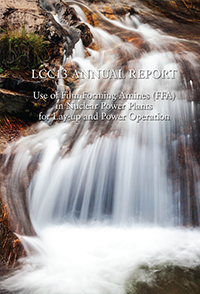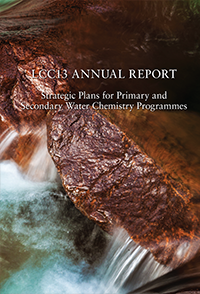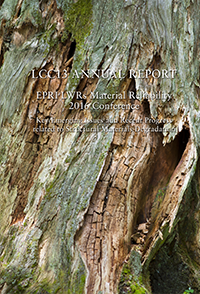(LCC13 AR)
Many BWR nuclear power plants have begun decommissioning activities recently after a period of 30 to 40 years, with the final goal of obtaining license termination and getting the property released based on the regulator’s decommissioning regulations and guidelines. The power plants use a variety of strategies for dismantling systems, structures, and components, waste management, and deciding on the future use of the site. Typical activities include safely decommissioning of the plant, minimising radioactive waste generation, fuel removal and storage, license termination and getting the site restored and released. In the US, it is expected that decommissioning will be completed within a period of 60 years.
During decommissioning, plant sites typically use one of three approaches, Immediate Dismantling (DCON), Safe Enclosure (SAFSTOR) or Entombment (ENTOMB). Each approach has its benefits and disadvantages although most plants have used the SAFSTOR approach. The report summarises the publicly available BWR decommissioning general information and experiences with salient features and practices employed in the decommissioning activity including potential costs involved.
DOWNLOAD SAMPLE | DOWNLOAD PRODUCT SHEET










